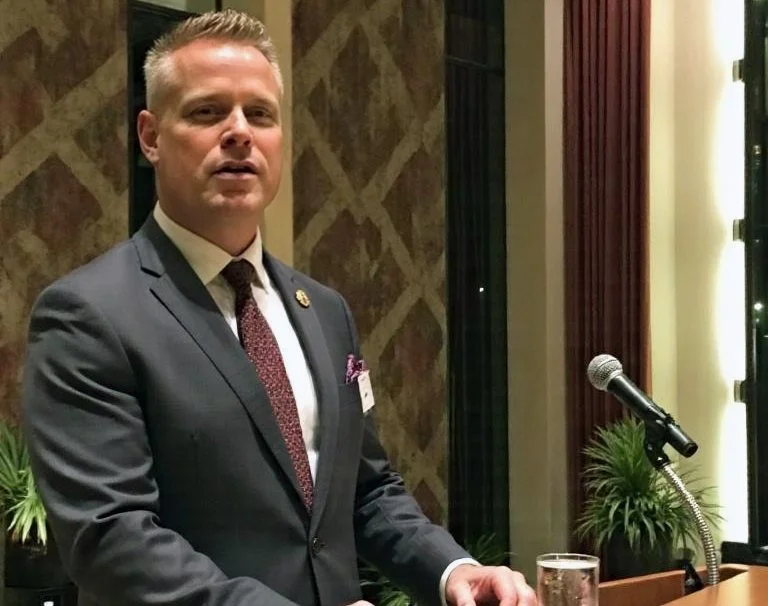
About RJ Starr
Academic Psychologist and Public Educator Illuminating Identity, Emotion, and the Architecture of Human Experience
I’m RJ Starr, an academic psychologist committed to making psychology clear, grounded, and usable in real life.
My work examines the architecture of mind, identity, and emotion—how our internal histories shape meaning, how coherence is constructed or fractured, and how emotional continuity is sustained amid cultural disorientation. I draw on existential psychology, cognitive science, narrative theory, and affective neuroscience, grounded in decades of academic research and deep engagement with human experience.
I focus on the mechanics of perception and emotional regulation—how people form identities, uphold coherence, and adapt under pressure. My writing takes the form of new psychological frameworks, such as the Emotional Avoidance Loop and the Salience Distortion Model, which clarify how certain experiences become exaggerated in awareness while others retreat. I also challenge traditional models like Maslow’s hierarchy, proposing instead that meaningful psychological growth is less about ascending needs and more about ongoing integration and coherence amid fragmentation.
This perspective is visible in my essays, books, podcast (The Psychology of Us), and public resources—while my academic publications explore symbolic processing, disconnection, and the emotional impact of cultural acceleration.




Professional Memberships
I maintain active engagement with the fields of psychology and education through membership in the following professional organizations, all of which support ongoing research, ethical practice, and the advancement of public understanding:
American Psychological Association
Division 2: Society for the Teaching of Psychology;
Division 45: Society for the Psychological Study of Culture, Ethnicity and Race
Society for the Psychological Study of Social Issues (SPSSI)
American Association of University Professors (AAUP)
Council for the Advancement of Higher Education (CAHE)
American Educational Research Association (AERA)
International Society for the Scholarship of Teaching and Learning (ISSOTL)

